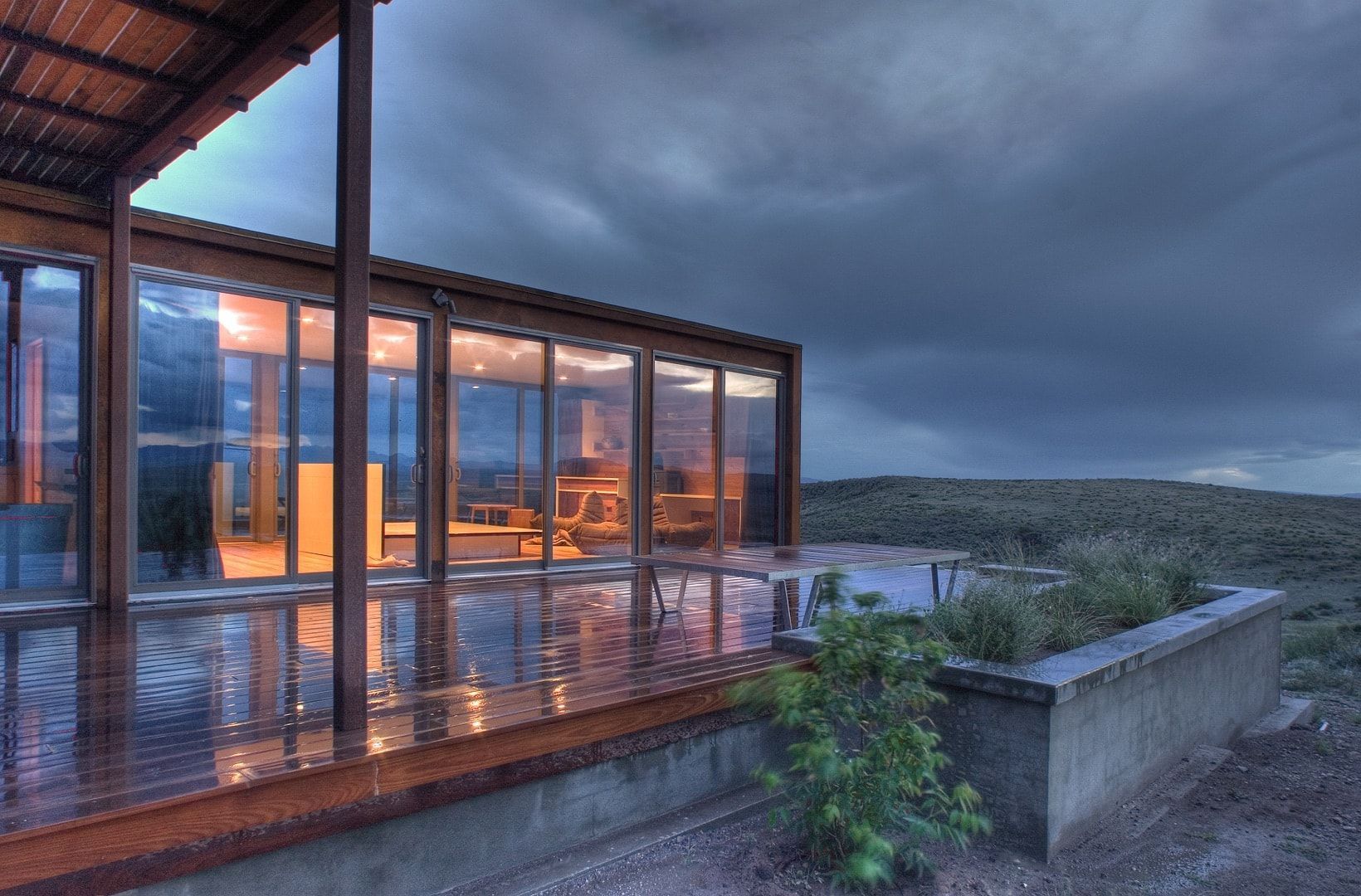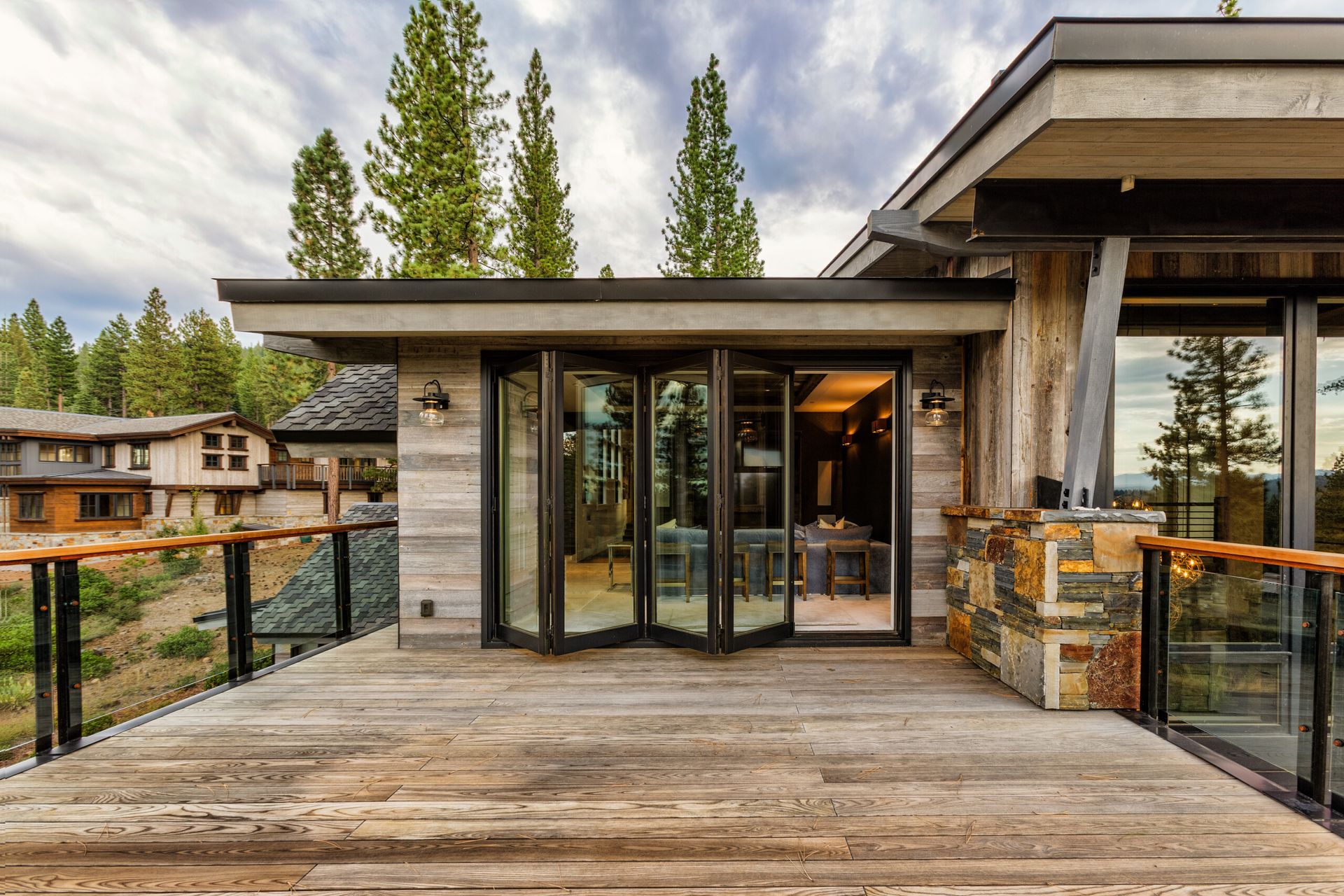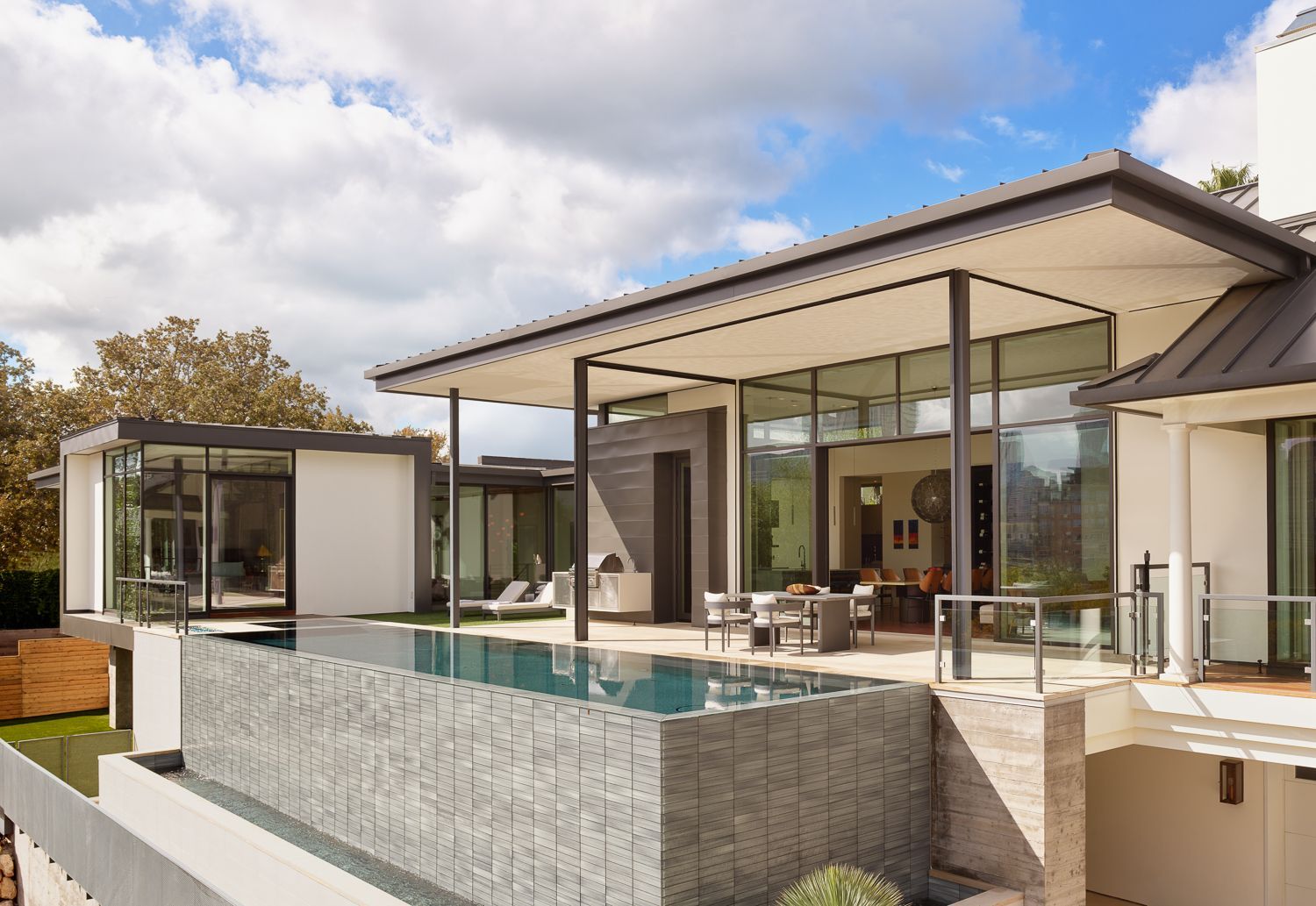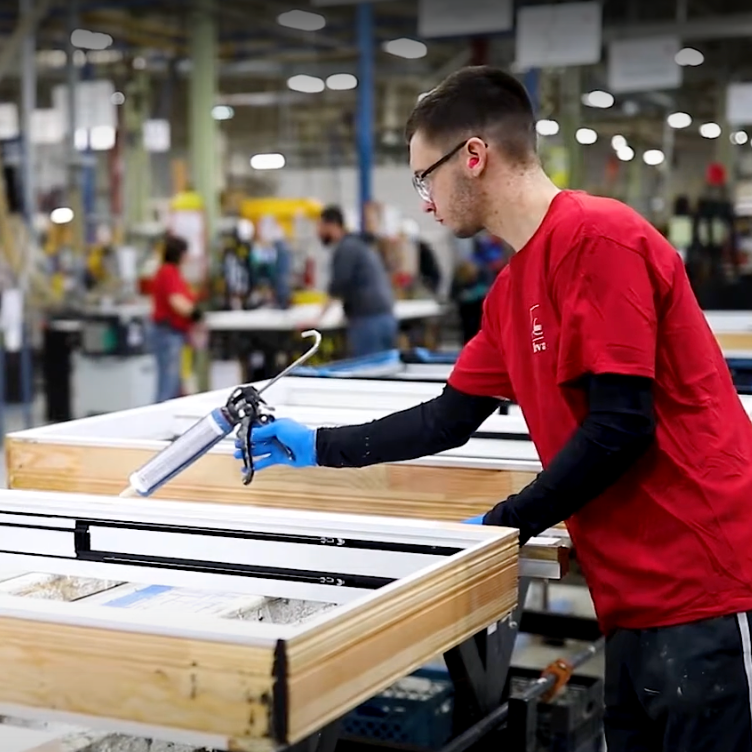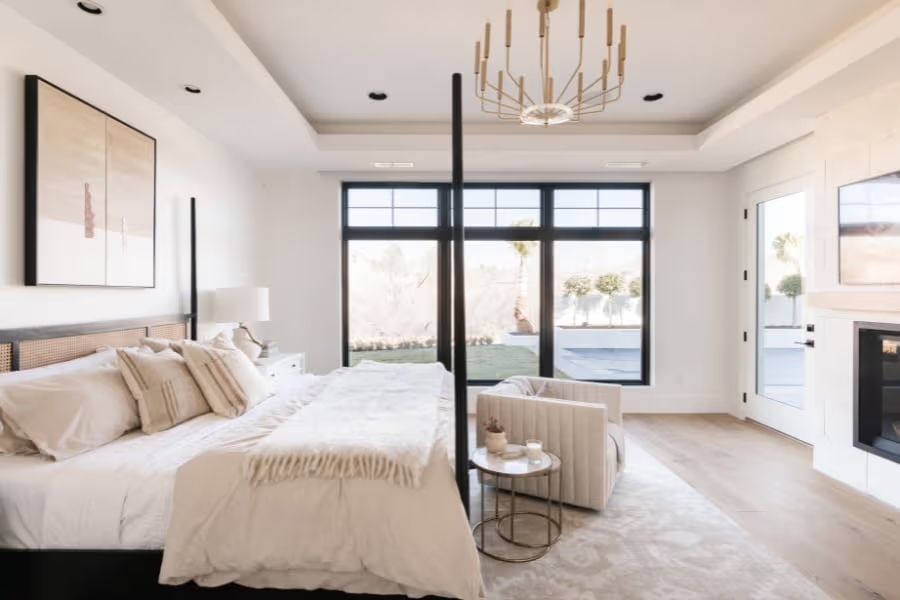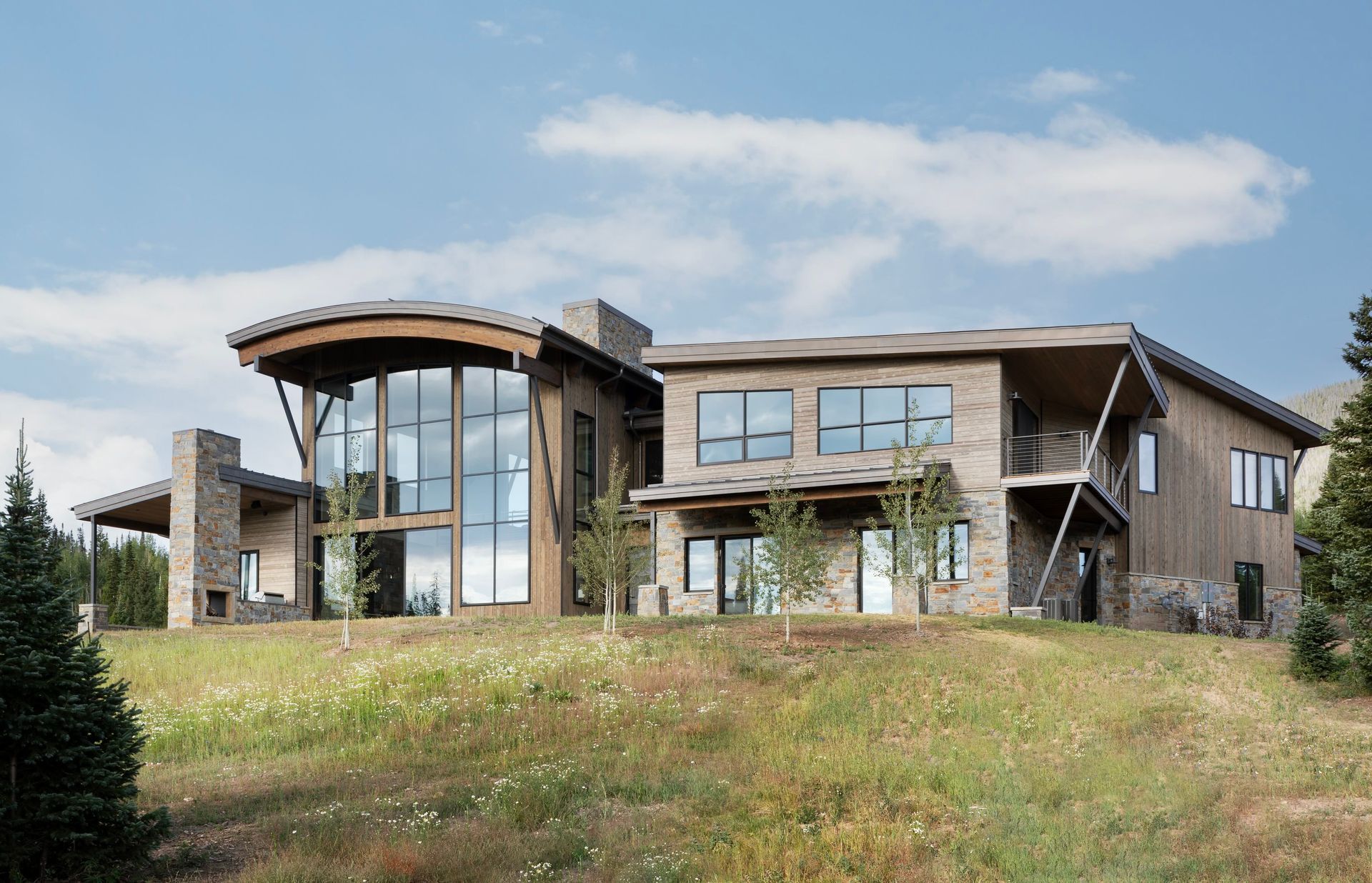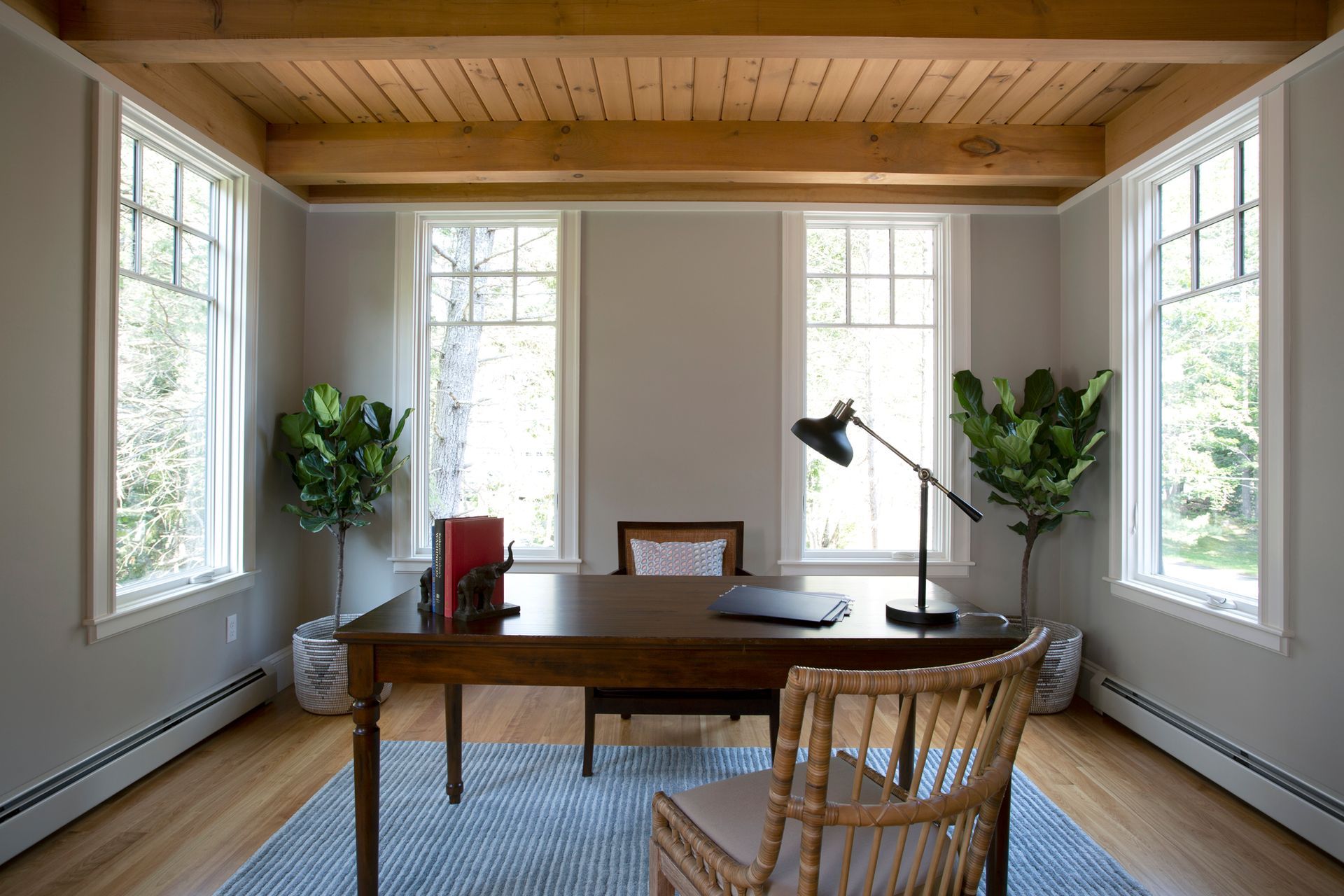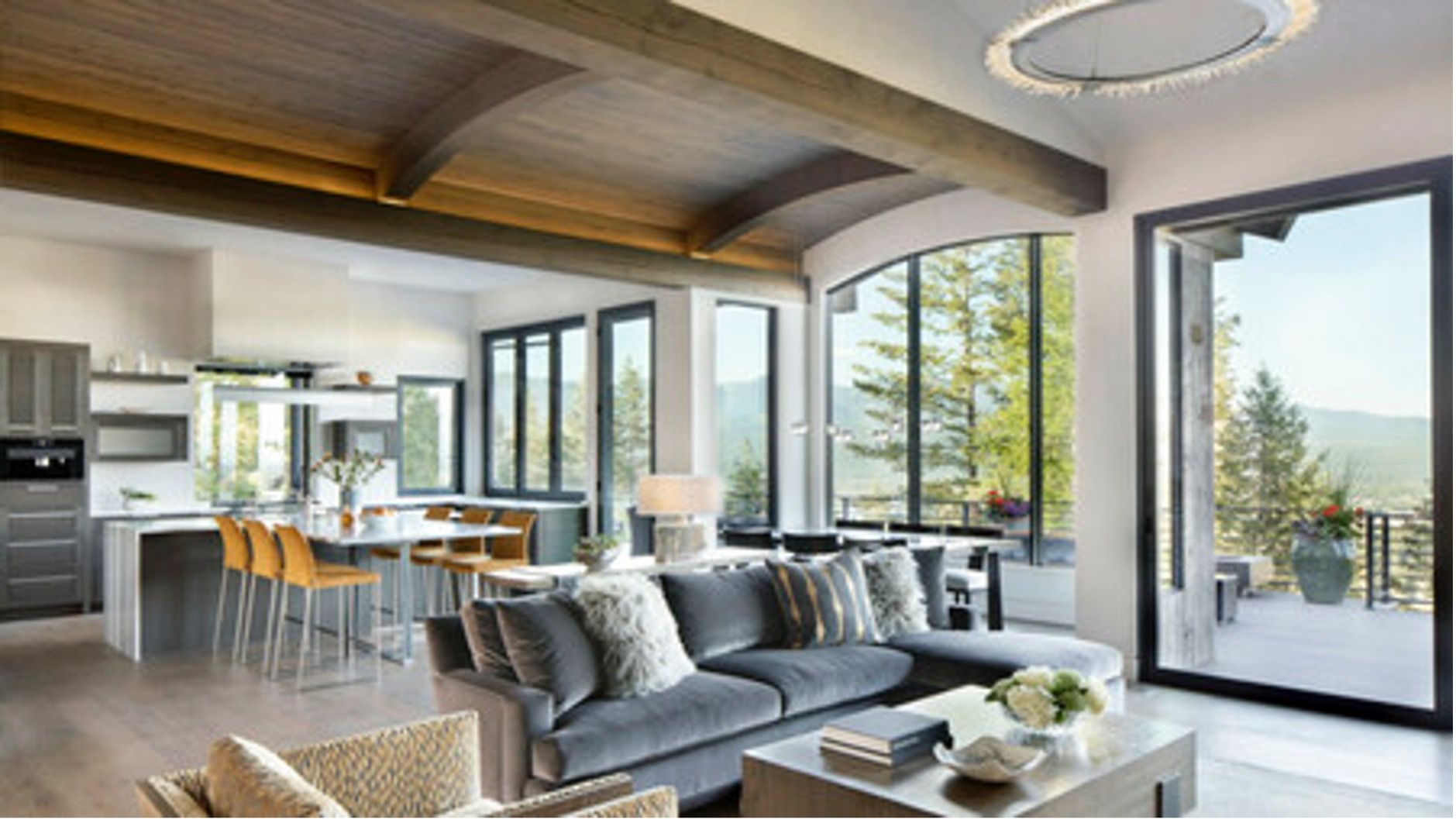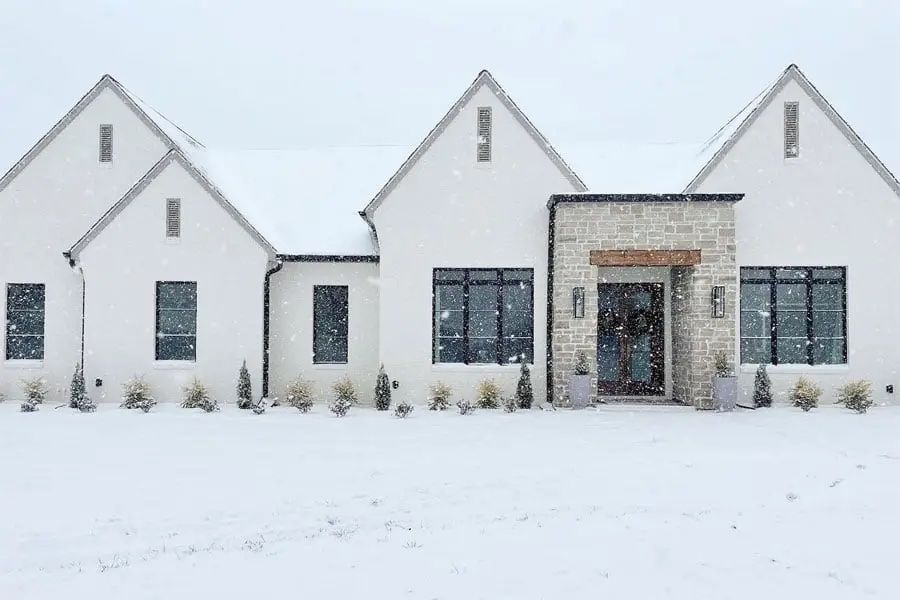Maximize Your Home's Energy Efficiency with the Right Andersen Windows
When selecting energy-efficient windows, it's essential to consider the window type, glass construction, and climate-specific features. Casement, awning, and picture windows typically offer the best efficiency. Triple-pane glass with Low-E coatings tailored to your climate can significantly enhance insulation and comfort. U-Factor and Solar Heat Gain Coefficient (SHGC) values help in comparing the energy performance of different windows. Additionally, grilles and breather tubes impact efficiency, so choose carefully based on your needs.
How to Choose an Energy-Efficient Window:
To choose an energy-efficient window, opt for casement, awning, or picture windows with triple-pane glass and appropriate glass coatings for your climate. Consider your climate, aesthetic preferences, and budget as well.
Most Efficient Window Types:
Casement, awning, and picture windows are the most energy-efficient. Casement and awning windows have single sashes, offering a tighter seal when the wind blows. Picture windows, which do not open, provide the highest efficiency due to their fixed design.
Double-Pane and Triple-Pane Windows Explained:
Double-Pane Windows
Double-pane windows consist of two sheets of glass separated by an air space, usually filled with an argon-gas blend for improved insulation. These windows are more energy-efficient than single-pane windows and meet most building codes
Triple-Pane Windows
Triple-pane windows add a third sheet of glass and an additional air space, making them the most energy-efficient option. They are recognized by ENERGY STAR® for superior energy efficiency and are available in A-Series and E-Series windows.
Key Concepts:
>
Thermal Performance: Measured by U-Factor values, indicating how well a window insulates. Lower values mean better insulation. Look for whole unit performance values when comparing products.
>
Low-E Coatings: Thin, transparent coatings applied to glass to reflect or absorb heat, optimizing windows for specific climates. Different coatings can be used together for maximum efficiency.
Types of Low-E Coatings:
Cold Climates:
> SmartSun™: Reduces UV rays and helps with both heating and cooling.
> PassiveSun®: Maximizes heating from the sun.
> HeatLock®: Retains heat in northern climates.
Mild to Hot Climates:
> Sun Glass: Reflects heat with a subtle tint.
> SmartSun™: Works in both hot and cold climates, reducing UV rays.
Solar Heat Gain:
Measured by the Solar Heat Gain Coefficient (SHGC). Lower SHGC values mean less heat from the sun enters the home. Consider whole unit performance when comparing SHGC values across brands.
Additional Factors:
> Grilles: Can decrease efficiency by conducting energy.
> Breather Tubes: Required at high altitudes to prevent pressurization but reduce overall efficiency.
Energy-Efficient Windows:
Look for the ENERGY STAR® label, which indicates windows meet performance standards for reducing heat transfer in specific climate zones.
Mountain States Building Products
proudly offers
Andersen's energy-efficient windows, ensuring top performance and comfort. For more information, visit Andersen's blog
here.
Reach out to us for your next building project and let our expertise help you build it better!
